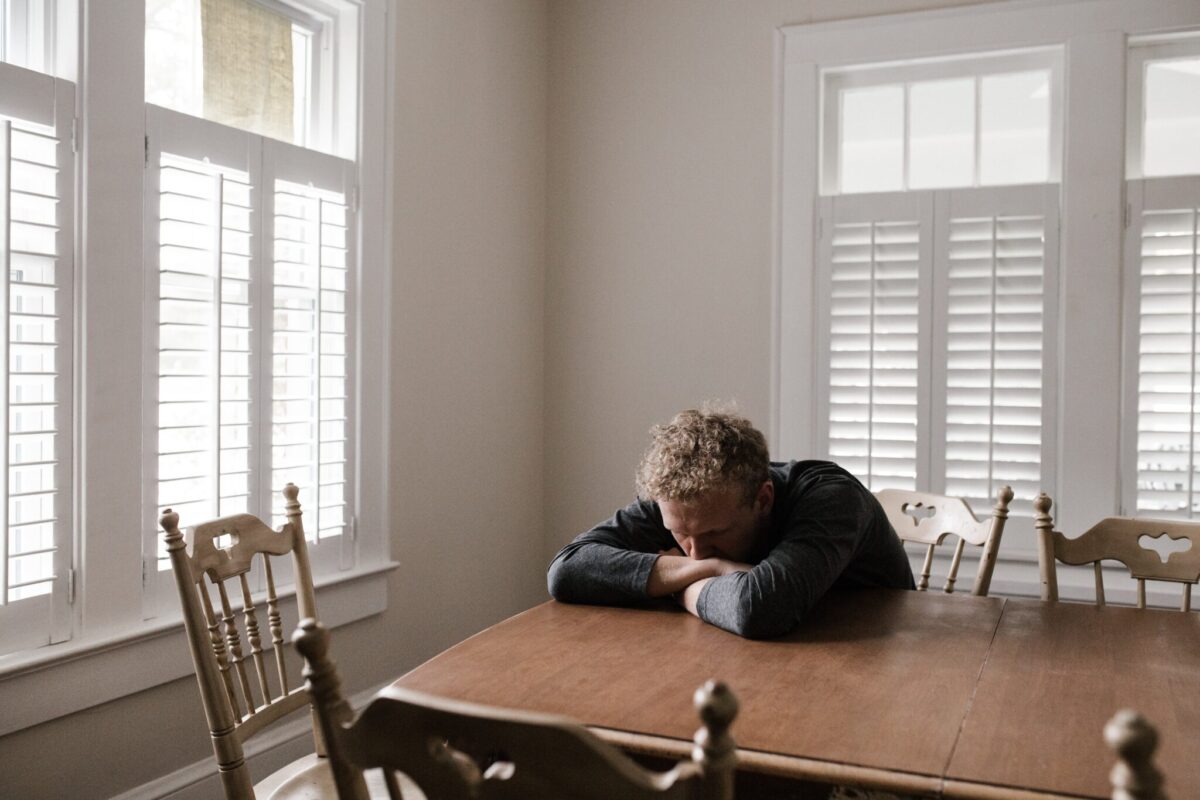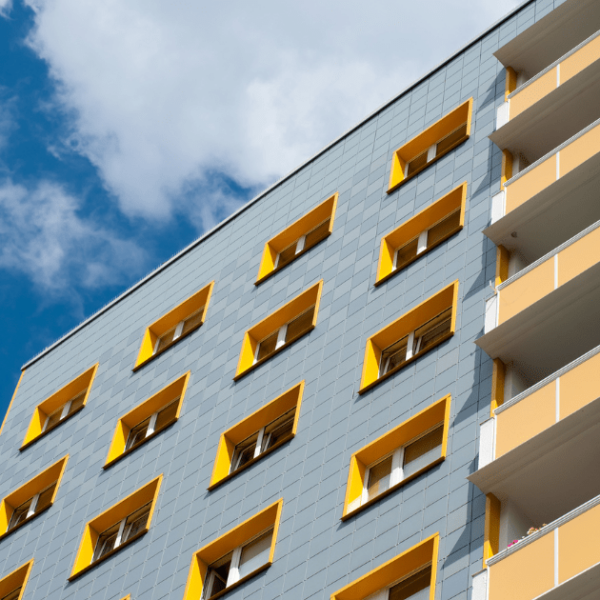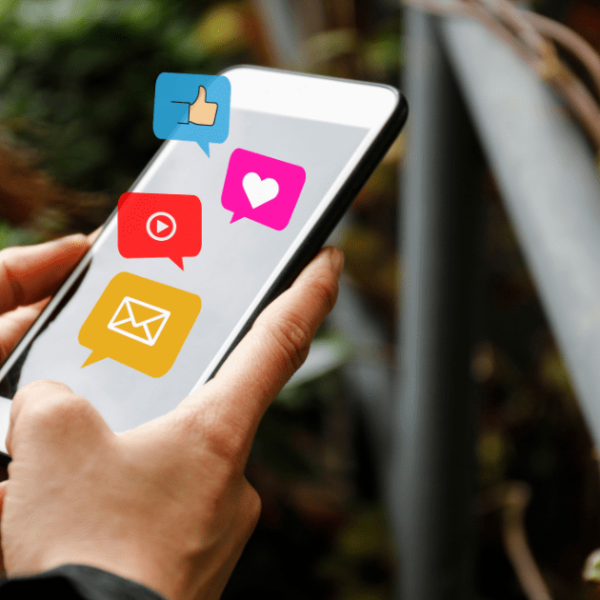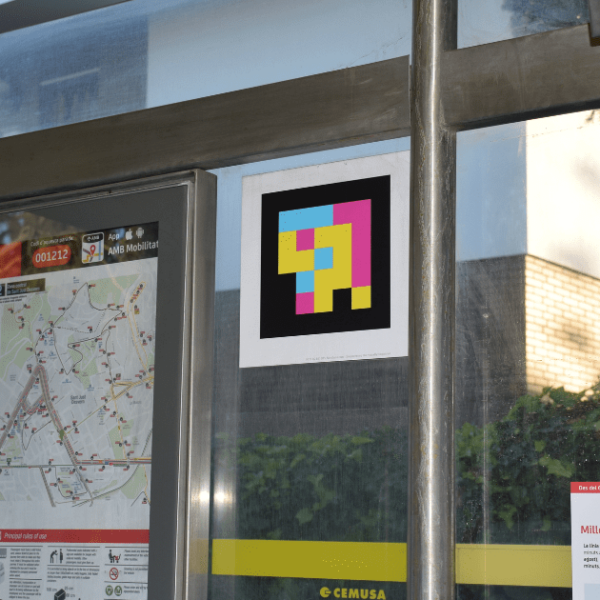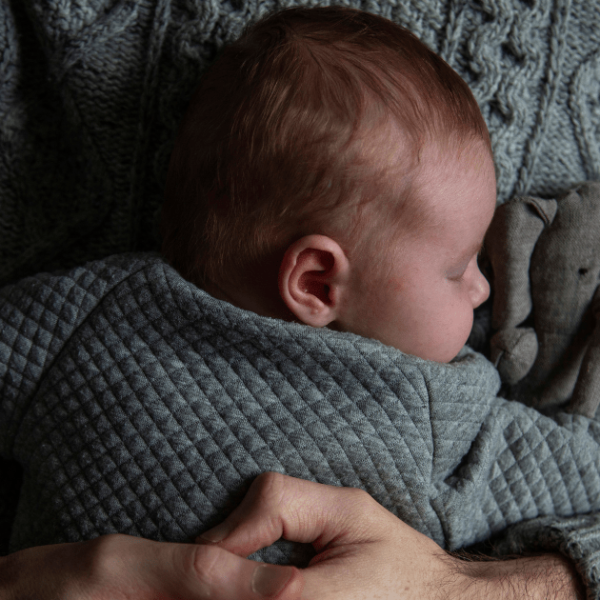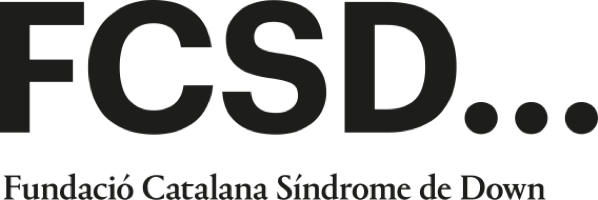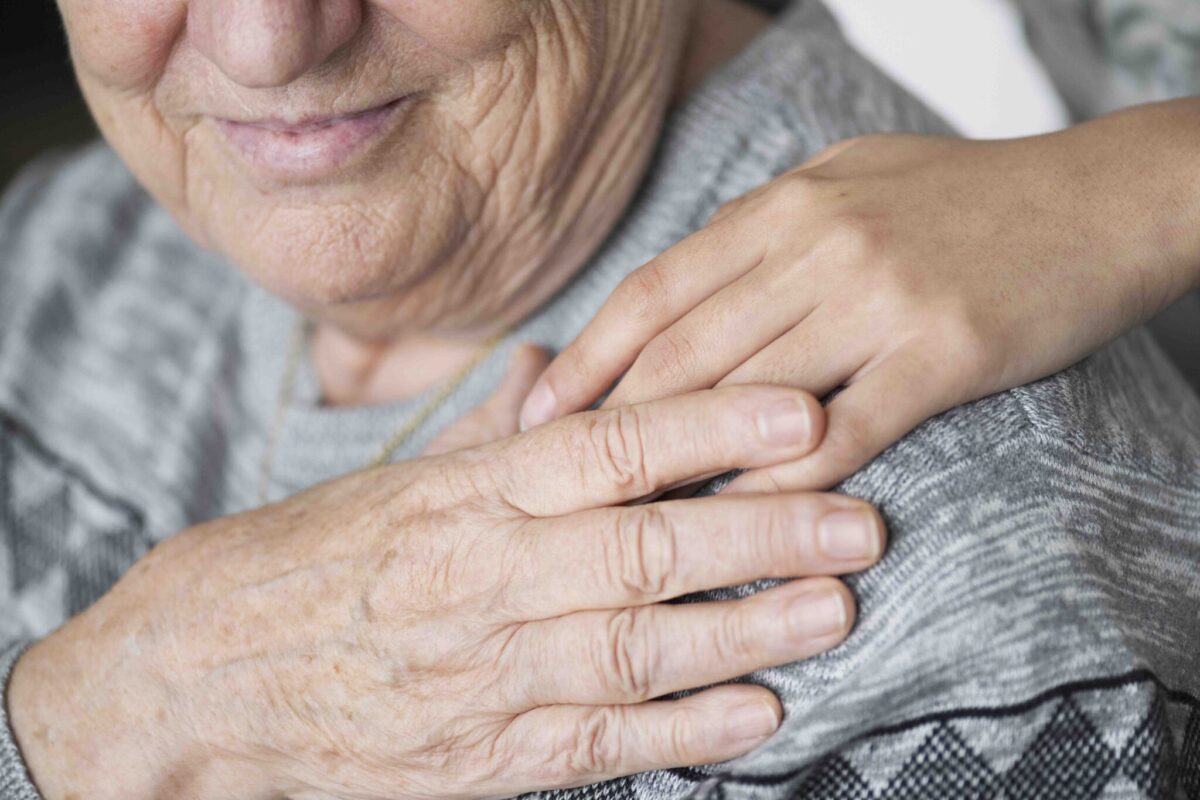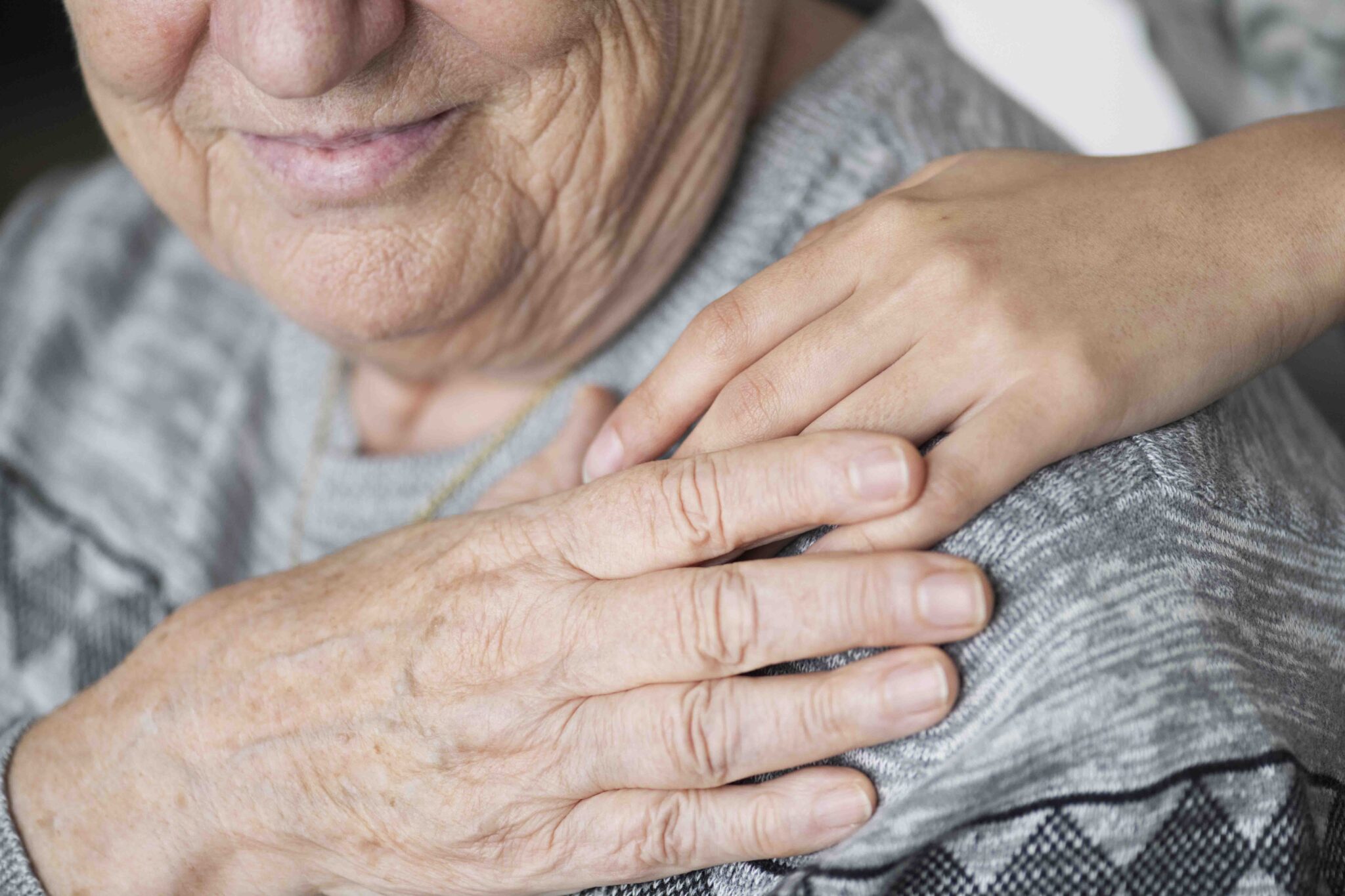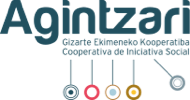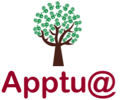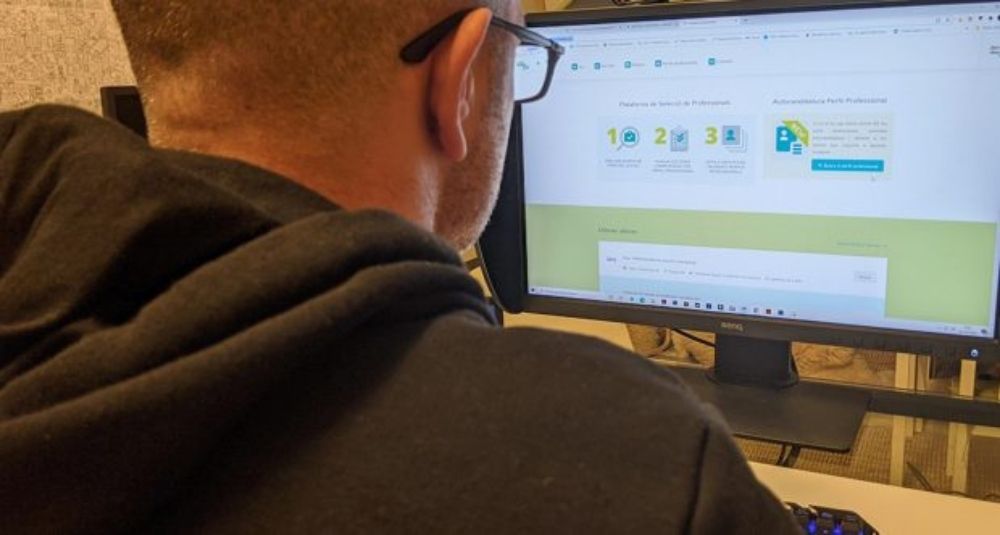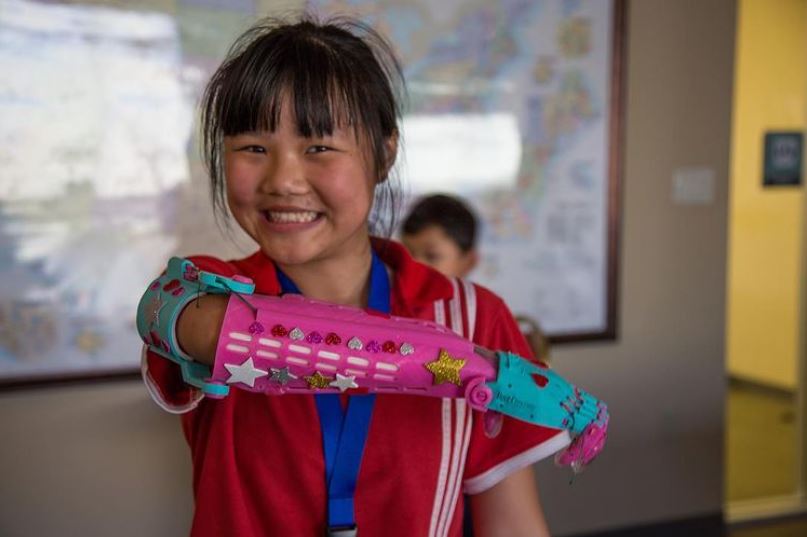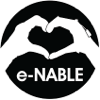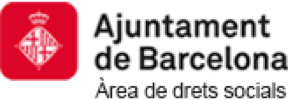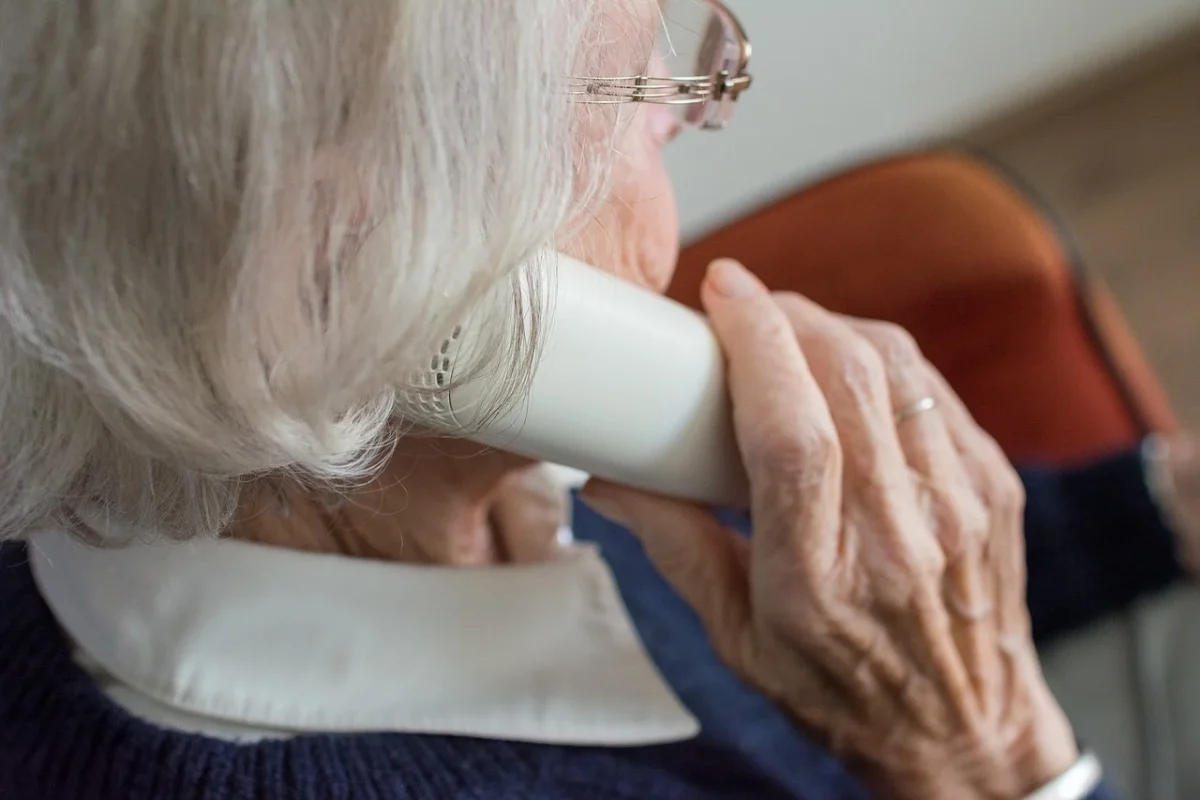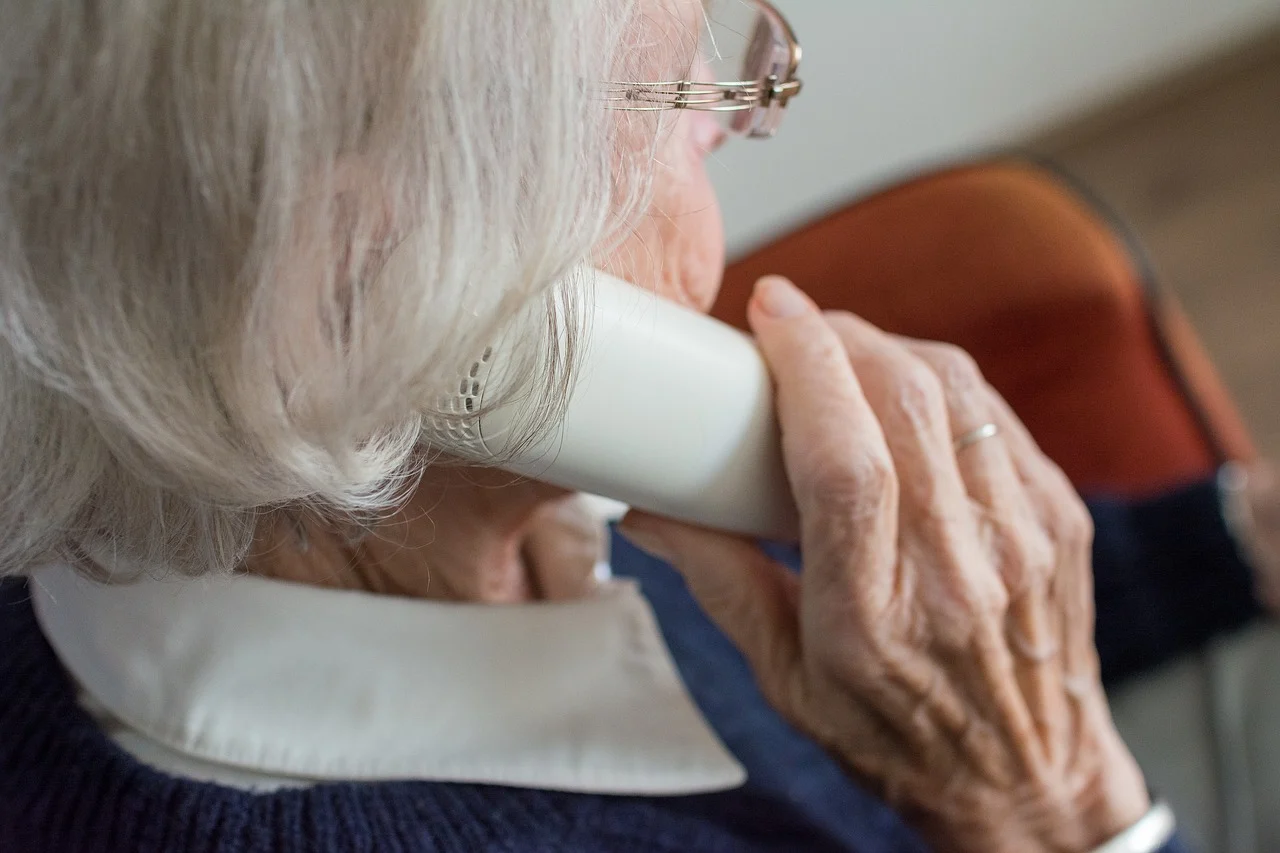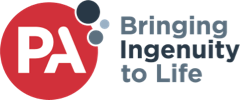SOM Salut Mental 360, digital platform to guide, accompany and raise awareness of mental health issues
SOM Salut Mental 360, digital platform to guide, accompany and raise awareness of mental health issues
Sant Joan de Déu

Image from Pexels.
A digital platform based on co-creation between users, family members, healthcare professionals, the social sector and the educational environment, and the general public, which aims to inform, accompany, empower and raise awareness of mental health.
The portal incorporates up-to-date content in the field of mental health and will progressively expand the diversity of formats. The aim is to create an intelligent platform that offers content adapted to the preferences of the individual and generates an optimal user experience. In addition, users are the main prescribers of the platform, making it a reliable and secure source of information for anyone who needs accurate information on the field of mental health.
SOM Salut Mental 360 currently offers digital meetings, expert consultation sessions, witnesses from health professionals, users, family members, educators and associations, as well as informative and monographic articles, among others. All the information on the platform is reviewed by a multidisciplinary scientific committee to guarantee the veracity of the information.
The project also offers thematic portals where you can find all the information on a topic or pathology. The first three are focused on eating disorders (ED), autism spectrum disorders (ASD) and depressive disorders.
Characteristics of innovation
Location
Barcelona
Partners/Funders
Associació Contra l’Anorèxia i la Bulímia, Afasaf, Aprenem Autisme, DSAS, Trebolamente, VEUS
Genesis
As a result of the pandemic, the social and health organisation Sant Joan de Déu decided to carry out a study in which they concluded that the probability of a person living in a situation of loneliness developing depression is five times higher than one who does not have this type of feeling. For this reason, last year it decided to launch the SOM Salut Mental 360 project.
Level of implementation
In its first year of operation, SOM Salut Mental 360 has registered 77,000 users and 120,000 visits. Today, the portal is obtaining 12,000 users and 15,200 page visits per month. 62% of the visits come from all over Spain and, of these, 80% are from Catalonia.

Banc d’innovacions

